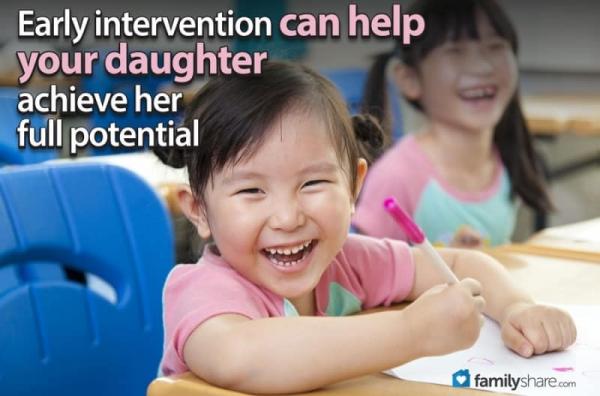
Attention Deficit Hyperactivity Disorder (ADHD) is more common than the general public is aware. ADHD affects 5 million children in the United States, regardless of gender. However, boys are three times more likely to be diagnosed with ADHD than girls.
Boys are more likely to be diagnosed with ADHD because their behavior is more disruptive. For example, boys routinely blurt out answers in a classroom setting. At dinner, boys may struggle to sit still, have poor table manners, and talk excessively with a mouth full of food. In a public setting, boys may run around incessantly, climb or jump off their surroundings, or struggle to stay quiet when it's important such as at the library.
While some commonality exists between the symptoms of ADHD for boys and girls, ADHD manifests itself differently in young women. At school, a girl may be less likely to fidget in her seat, but she will have difficulty starting and finishing her assignments. She may also become distracted by conversations of others and forget to turn in homework.
As a result, boys are generally diagnosed with ADHD at a younger age, usually between ages 4 and 7. Girls, because their symptoms are not readily noticed, may not be diagnosed up to the age of 14. Because girls receive a diagnosis later, they miss out on intervention and treatment options.
Girls may not be diagnosed with ADHD until the condition begins dramatically affecting her school, home, and social life. Kids with ADHD have difficulty managing social relationships. As girls age, they are expected to work well in groups, stay organized, and remember important details, which are all tremendously difficult for girls with ADHD.
The burden of ADHD in girls is only magnified by the transition to adolescence. Girls with ADHD are more likely to experience stress because of their difficulty succeeding at home and school. That stress is magnified further by the concern a girl may have for her appearance and body image. As a result, girls may suffer poor self-esteem, anxiety, and depression.
Again, here are the symptoms of ADHD in boys:
-
Poor concentration
-
Easily distracted
-
Difficulty focusing
-
Fidgeting
-
Blurting out responses
-
Impulsive behavior
-
Interrupting conversations
By contrast, here are the symptoms of ADHD for girls:
-
Poor concentration
-
Easily distracted
-
Poor organization
-
Difficulty focusing
-
Forgetfulness
ADHD can occur simultaneously with other mental health disorders, including anxiety, depression, and bi-polar disorder. Girls may have an increased risk for anxiety and depression. It is important to address these disabilities promptly, possibly through behavioral interventions, medication, or both.
It may seem overwhelming to face ADHD. However, there is hope. Pursuing diagnosis and treatment of ADHD can assist a girl to avoid some of the problems caused by delaying diagnosis and management of ADHD. It is also important to seek help for your daughter if you are concerned about the stigma of ADHD and other mental health issues.
Understanding the gender gap in ADHD can assist children in receiving intervention and help all children with ADHD to reach his/her potential.

